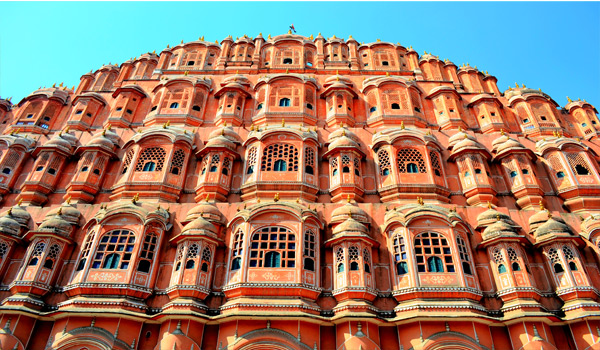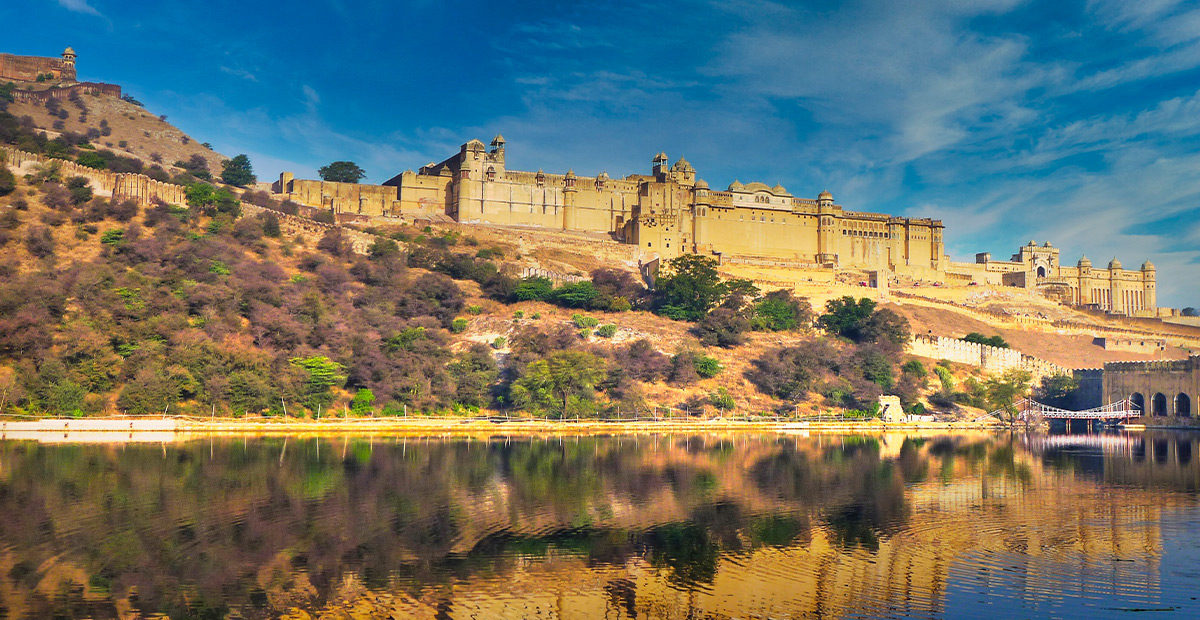jaipur
Jaipur also known as pink city is the most visited city in Rajasthan. The city is an amalgam of history and modernity. Jaipur had been the capital of the Rajput Kachhwaha rulers from the beginning of 18th century, which was built by the then Maharaja Sawai Jai Singh II. The city was conceived and well planned by an Architect known as Vidhyadhar Bhattacharya. The city was planned and designed on the basis of Hindu Astronomy and Astrology.
Today the walled city cannot accommodate the ever-increasing population of Jaipur, so the city has expanded very quickly all around the walled pink city. Thanks to the Government of Rajasthan that most of the old constructions have been preserved intact and in the recent years there had been a beautification drive in the walled city to preserve the old heritage.
In the heart of the pink city, there lies the beautiful Royal Palace, also known as City Palace, where the royal family still resides. Much of the palace is open to general public to showcase the royal artefacts and the numerous pavilions and courts inside the palace. Some palaces halls have been converted into the museums.
The palace was built by Maharaj Sawai Jai Singh II in the beginning of 18th century. The palace being the part of the pink city was also designed by the architect Vidhyadhar Bhatacharya, and is a fusion of Indo-Islamic architecture, much of its elements are taken from the Hindu architecture.
There are several halls and pavilions inside the whole complex. The most important pavilions are Diwan-e-khas ( Sarvato Bhadra), the hall of private audience. There are 2 silver Jars exhibited in the pavilions, each Jar weighs nearly 340 gms of pure silver. These Jars were specially commissione by Maharaja Sawai Madho Singh II to carry Ganga Jal (Ganges water) for the ablution purposes during his 6 months trip to United Kingdom.
Then comes Pritam Niwas which is an inner courtyard in the palace complex. This courtyard is adorned by several beautiful gates, each gate carry its name, Peacock gate, Ganesh gate etc.
Mubarak Mahal- The most striking structure within the palace premises is the Mubarak Mahal, which was built in late 19th century. Today this palace houses a collection of textiles and clothing of royal families of Jaipur. Apart from this, there is so much to visit in the City Palace.

This is an astronomical observatory constructed by Maharaja Sawai Jai Singh II during his reign. He was very fond of mathematics, astrology and astronomy right from his childhood. He became a great scholar and patron of Hindu astrology and astronomy, so much so that he constructed five astronomical observatories in North India, out of which, the one in Jaipur is still functional has the biggest sun dial in whole India. This Sun dial was used to calculate the local time. Most of the instruments constructed in the observatory are still in working condition. The most striking construction is the big sundial, which gives the precision of time of 2 seconds.
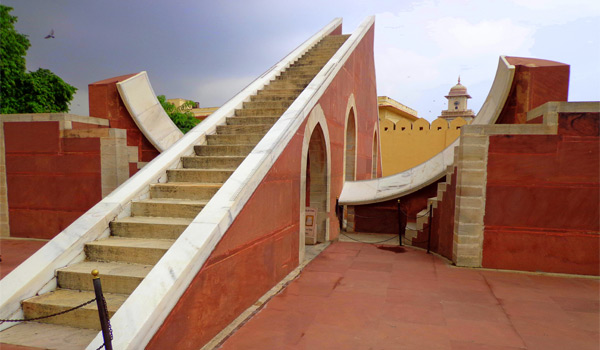
The fort is located in the Amer Valley, perched on a hillock overlooking the artificial Maotha lake. The fort was originally constructed by the Meena tribes around 10th A.D. but the actual construction was done by one the Kachhwaha rulers know as Man Singh I, he also served as Commander in Chief in the Army of Mughals, who had reigned almost the whole North of India.
There are several beautiful palaces inside the fort which are very well restored. The most notable Palaces within the complex are Jai mandir and Sukh Niwas, constructed in 17th century by Raja Jai Singh I. Jai Mandir is known for its mirror work in stucco. Thousands of mirrors are neatly carved and pasted in the stucco as per the floral and geometric designs.
Other important things worth visiting is the hall of common audience, Diwan-e-am and the beautiful frescoes of an Entrance gate know as Ganesh Pol.
Elephant ride is one of the charms to visit the Amer fort. You can climb up to the fort taking a ride on Elephant back, quite a lifetime experience.
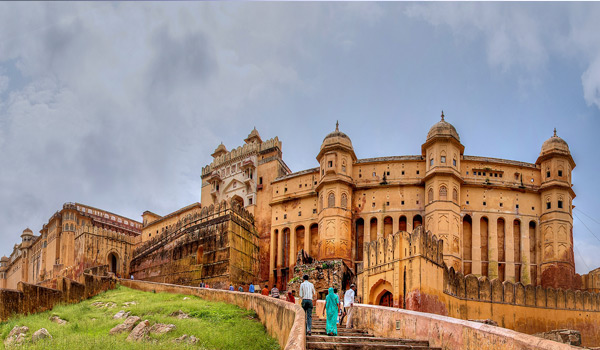
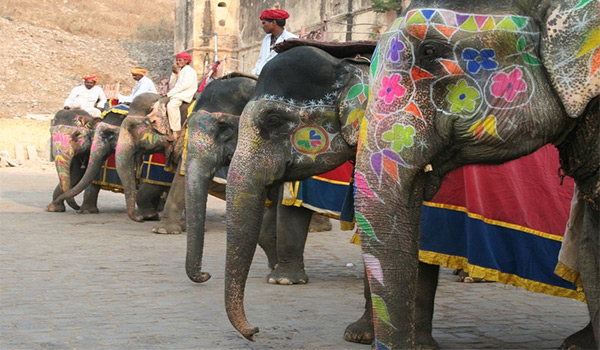
Hawa Mahal is a beautiful façade constructed in 1799 by Maharaja Sawai Pratap Singh, the Grandson of Maharaja Sawai Jai Singh II, who built the capital city of Jaipur. This façade served as procession watching pavilion for the royal ladies, who could sit behind this façade without being noticed by the public in the street. The Façade has 953 small windows known as Jharokhas.
